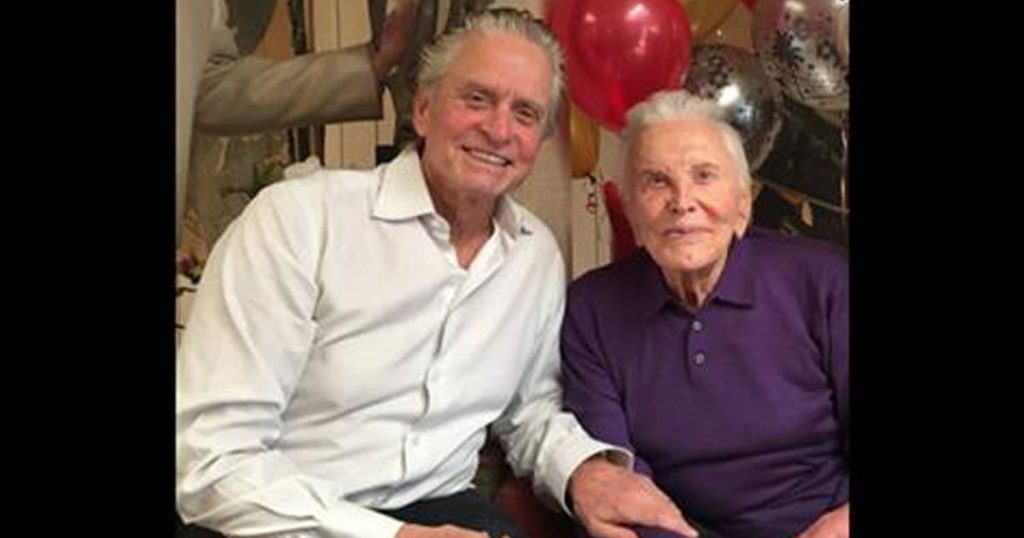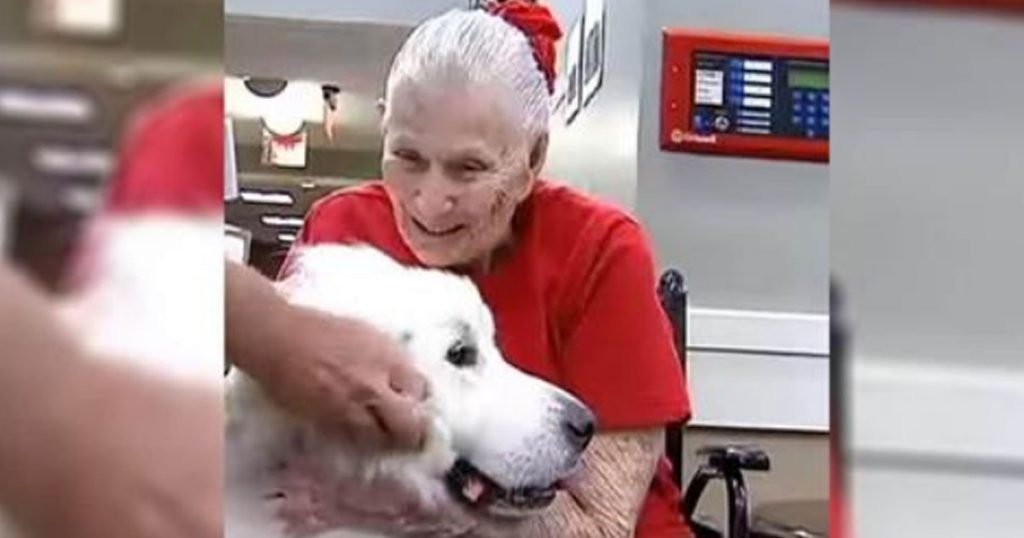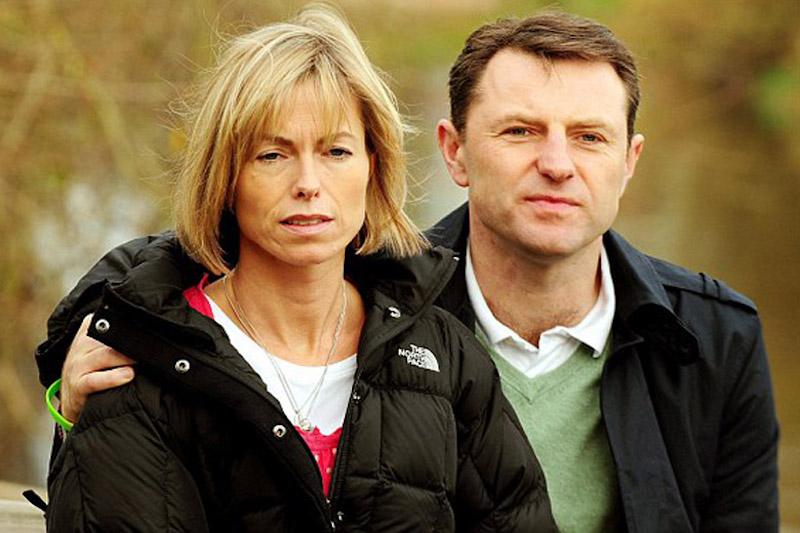The 1950s are often thought of as some of the greatest years in modern history.
This decade gave rise to the middle class, unique fashion, and some of our favorite music — as evidenced by this incredible vintage video of the iconic Bing Crosby.
But one of the most surprising discoveries from taking a nostalgic look at the 1950s involves the strict “rules” of courtship. Back then, rules like “never drop your silverware on a first date” weren’t seen as overly strict — they were just the norm.
Today, these pieces of courtship advice might seem archaic to those who can order up a date with a simple swipe of an iPhone. However, these 1950s courtship rules did encourage good manners, generosity, and mindfulness — qualities that we could probably use a bit more of in our modern dating lives.
Scroll through below to see these incredible 1950s courtship rituals and how different they are from the dating rules of today.
What do you think of this long-lost approach to dating? Let us know in the comments!
‘A man should always ask a woman for the date.’
It was absolutely unheard of for a woman to be so bold as to ask a gentleman on a date.
According to this piece of advice from a young male writer for Seventeen magazine, “Growing up has taught me one thing: there is an infinite number of ways by which a boy can meet a girl. I’ve also found that once he meets a girl — and becomes interested in her — a boy must indulge in a sly, artful practice called pursuit.”
‘A man should always use heaps of flattery to woo a woman.’

The idea of “pickup” lines really gained traction in the 1950s. Since courtship was mainly about a man’s pursuit, an opening line was essential to get the ball rolling.
However, everything depended on the woman’s response. The line itself was often intended to be over the top, and the woman’s role was to respond modestly, yet flattered.
‘Young adults must only date one person at a time.’

The 1950s gave rise to the concept of “going steady.” Teenagers were especially encouraged to pair off as early as possible in preparation for getting married by their late teens or early 20s.
In a way, having a “steady” allowed these young couples to engage in a kind of “play-marriage” to strengthen their bonds with one another and cultivate the responsibility that comes with marital partnership.
‘Ask your date out by Wednesday.’

Asking someone for a date the day of was a big “no-no” and considered to be in very poor taste. If a young man wanted to ask a lady out for a Friday night movie, he had to inquire by Wednesday at the very latest — at least two to three days beforehand was considered the minimum.
The lady, on the other hand, was required to give a prompt response to the date request. If she refused, it had to be with extreme politeness.
‘A lady must always be on time for her date.’

Before cell phones and answering machines, it was required that both parties be on time for their date.
A woman was supposed to be completely ready when the gentleman arrived — running around to apply makeup at the last minute was inconsiderate. On the other hand, the gentleman was required to leave plenty of time to navigate to his date’s home — getting lost was no excuse for being even a few minutes late.
‘Pick your date up at her house, and come to the door.’

In the 1950s, it was considered absolutely rude to meet your date at a restaurant or public space.
Instead, the gentleman was supposed to pick up the lady at her parents’ home. This allowed the date’s family to approve of her gentleman caller before the evening began.
Furthermore, with strict curfews, a young man was required to return his date home by a reasonable hour — walking her to the door and ensuring her safe arrival.
‘Parental approval is of the utmost importance.’

Though a chaperoned date was ideal, and certainly the norm for a school dance, group dating was encouraged as a way to have young adults keep one another in check (though, it seldom worked).
Communities also wrote up written agreements between parents and teens outlining what was and wasn’t acceptable courtship behavior. Again, it was important that parents approved of “steadies,” as these couples often got engaged and then married.
‘A man always pays for the date.’

Interestingly enough, this rule is still favored even in modern dating.
In the 1950s, however, it was non-negotiable. If a young man couldn’t afford to take his date out for a meal, he wasn’t allowed to ask her out in the first place. Unlike today, a woman couldn’t even offer to pay, as it was considered to be highly emasculating.
‘A man gives his date’s order to the waiter.’

Though this custom now seems rather outdated, it was considered rude for a woman to place her order directly with the waitstaff.
Instead, she told her date what she’d like to eat, and he would order for the entire table. Since the man was essentially “hosting” the date — picking the venue, reserving a table, paying for the meal — it was thought that he should remain in charge of the entire dining experience.
‘The couple must exchange a token of affection.’

To make the partnership “official,” the couple would exchange a symbolic item, like a ring or pin.
This marker was a precursor to the couple’s eventual exchange of wedding rings and vows in later years. It also advertised to other suitors that a woman was “taken” and effectively off the market.
‘The couple must inform each other about all plans.’

Though it’d be considered strange today to be forced to “check in” with your partner about your comings and goings, it was par for the course in the 1950s.
It was assumed that most weekend evenings would be spent together and that all formal obligations would be attended as a couple. You could forget about a “ladies’ night out.”
‘No kissing on the first date.’

Hopefully, that is. Instead, it was expected that the couple would end their date with a polite handshake or hug. Then, the gentleman would walk his date back to her home.
However, with the rise of drive-in movies, automobiles became a popular space to get to know your date a little better. Since “parking” was a common practice, communities set up watchdog police forces to break up the “unseemly” activity.
The 1950s definitely had a very strict and specific sense of courtship etiquette, though some of these rules are still commonplace today.
Do you prefer dating rituals of the ’50s or today? Let us know in the comments.
Please SHARE this incredible nostalgic look at dating in the 1950s!






